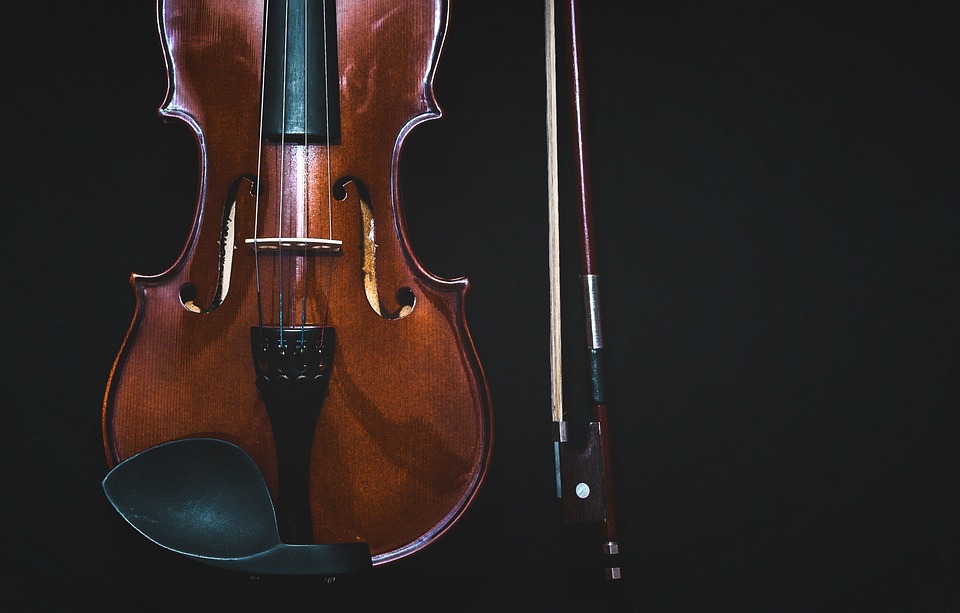The Unique Sounds of Traditional Instruments: A Guide to Different Musical Cultures
Introduction
Music is a universal form of communication that transcends language barriers and connects people from different cultures around the world. Traditional instruments play a significant role in defining the unique sound of a musical culture. Each country has its own set of traditional instruments that are integral to their folk music, rituals, and performances.
Asian Traditional Instruments
Asia is home to a diverse range of traditional instruments that have been passed down through generations. In China, the erhu is a two-stringed bowed instrument that produces a hauntingly beautiful sound. Its melancholic tone is often used in traditional Chinese music to express deep emotions and tell stories.
The sitar, a plucked string instrument from India, is known for its intricate melodies and dynamic range. It has been popularized by musicians like Ravi Shankar and is widely used in Indian classical music.
The shamisen, a three-stringed instrument from Japan, is often associated with traditional geisha performances. Its unique sound is characterized by its percussive and rhythmic qualities, which are used to accompany traditional Japanese folk songs.
African Traditional Instruments
Africa is a continent rich in musical traditions, with a wide variety of traditional instruments used in different regions. The djembe, a drum from West Africa, is known for its powerful and resonant sound. It is often used in celebratory events like weddings, festivals, and rituals.
The mbira, or thumb piano, is a traditional instrument from Zimbabwe that produces a gentle and melodic sound. Its soothing tones are used in healing ceremonies and spiritual rituals.
The kora, a harp-lute from West Africa, is known for its intricate patterns and complex rhythms. It is often played by griots, or traditional storytellers, to accompany their epic tales and oral traditions.
European Traditional Instruments
Europe has a long history of traditional instruments that are used in folk music and classical compositions. The bagpipes, a wind instrument from Scotland, have a distinctive and resonant sound that is often used in traditional Scottish music.
The accordion, a free-reed instrument from Italy, produces a vibrant and lively sound that is popular in folk music and dance traditions. Its versatility allows it to be used in a wide range of musical genres.
The balalaika, a string instrument from Russia, is known for its bright and sharp sound. It is often used in traditional Russian folk music and is an integral part of Russian cultural heritage.
South American Traditional Instruments
South America is known for its vibrant and passionate musical traditions, with a wide range of traditional instruments used in different countries. The charango, a small string instrument from Bolivia, produces a bright and crisp sound that is popular in Andean music.
The cuica, a friction drum from Brazil, has a unique and distinctive sound that mimics the vocalizations of animals. It is often used in samba and other Brazilian music genres.
The pan flute, or panpipes, is a traditional wind instrument found in various countries in South America. It produces a soft and ethereal sound that is often used in traditional Andean music and indigenous ceremonies.
Oceanian Traditional Instruments
Oceania is a region that is rich in musical diversity, with a variety of traditional instruments used by indigenous peoples. The didgeridoo, a wind instrument from Australia, produces a deep and resonant sound that is used in traditional Aboriginal music.
The ukulele, a small string instrument from Hawaii, has a sweet and cheerful sound that is popular in Hawaiian music and culture. It is often associated with laid-back melodies and tropical vibes.
The nose flute, a traditional wind instrument from Polynesia, produces a haunting and breathy sound that is used in ceremonial rituals and storytelling. It is played by exhaling through the nostrils to create a unique and otherworldly sound.
Conclusion
Traditional instruments are an essential part of preserving cultural heritage and expressing the unique sound of different musical cultures. Each instrument has its own character, history, and significance that contribute to the rich tapestry of global music. By exploring the diverse range of traditional instruments from around the world, we can gain a deeper appreciation for the beauty and complexity of musical traditions.

Leave a Reply